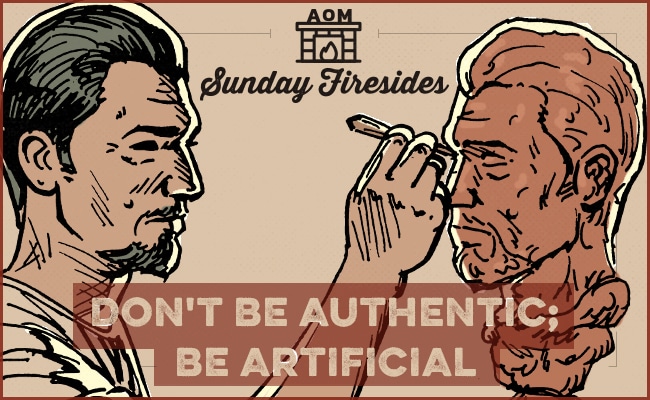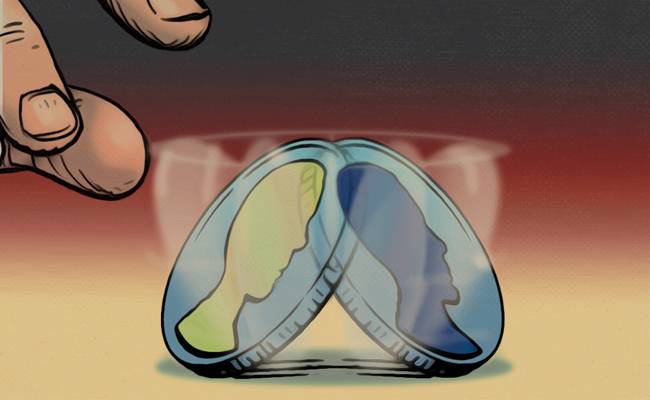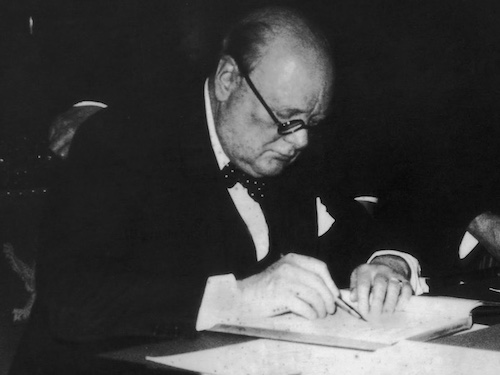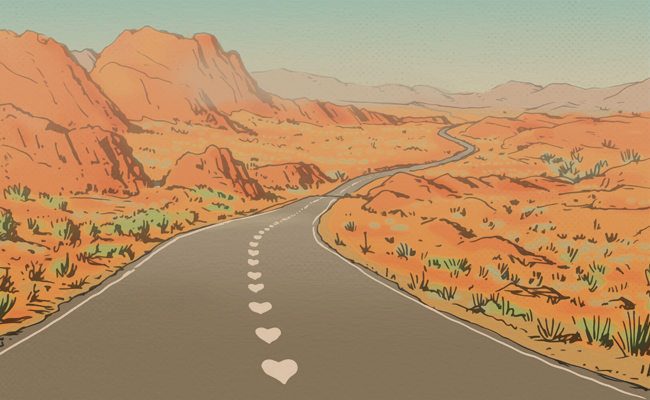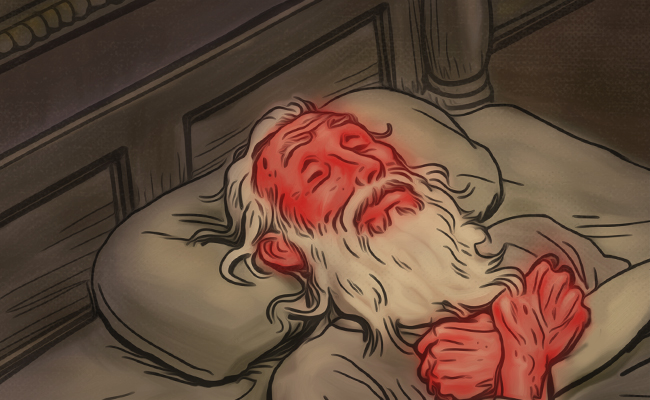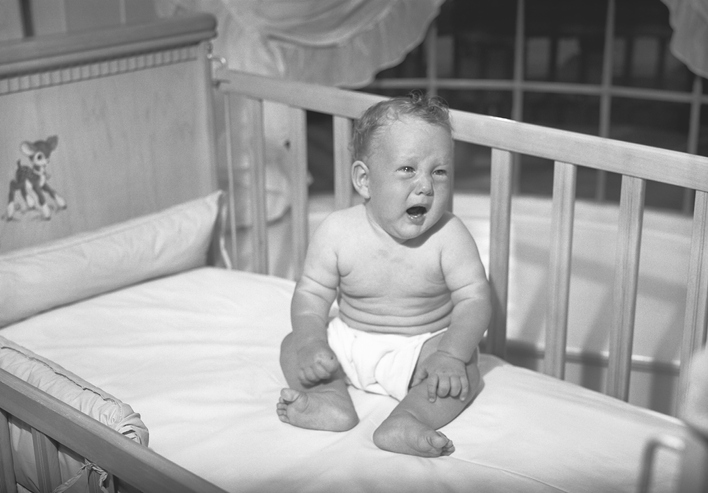I’ve long thought the encouragement to “be yourself” was peculiarly bad advice.
Because what self are we talking about, exactly?
If I feel the urge to lounge on the couch all day, subsist primarily on Double Stuf Oreos, and punch a rude customer service rep in the mouth, that’s part of my “self,” but I don’t think following those inclinations will lead me in a particularly positive direction.
Of course, perhaps the implicit assumption in the advice to be yourself, is that you should be your best self. But even then, the intransitive verb “be” will hardly get you to that best. Being your best self isn’t a matter of mere identity, of simply existing, of riding what you’ve already got.
While we prize “authenticity” (another thoroughly ill-defined concept), and spurn artificiality, far better life advice would actually be to embrace the latter. To be really and truly artificial.
The Online Etymology Dictionary tells us that “artificial” comes from “Latin artificialis ‘of or belonging to art,’ from artificium ‘a work of art; skill; theory, system,’ from artifex (genitive artificis) ‘craftsman, artist, master of an art’ (music, acting, sculpting, etc.), from stem of ars ‘art.’”
All art is “unnatural,” manmade, but we don’t disparage it for being such. In fact, we celebrate its artificiality — its manifestation of the heights of human skill and craftsmanship. Michelangelo didn’t paint the Sistine chapel by “being himself,” but by taking his potential and focusing it, shaping it, mastering it.
Your life should be a work of art. Rather than leaving it as a block of “authentic” clay, you should actively sculpt it — transform its basic elements into something beautiful, rare, inspiring.
Don’t be yourself; be who you want to be. Don’t be authentic; be artificial.


